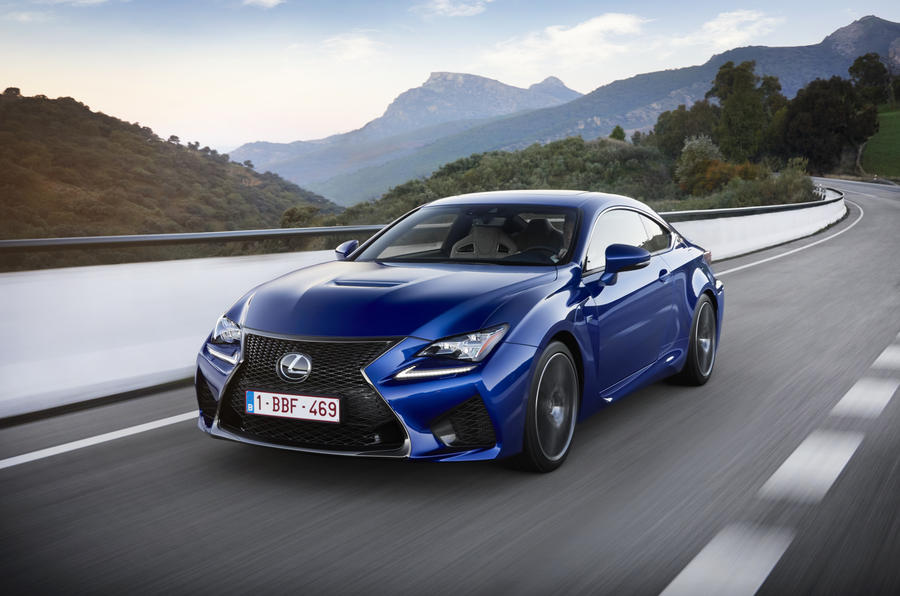What is it?
Toyota’s answer to the BMW M4: the new Lexus RC F, just arrived on European roads and headed for the UK early in 2015.
More high-performance coupé than out-and-out sports car, the RC F has no immediate forebear in the Lexus range, although it effectively succeeds the V8-engined IS F performance saloon of 2007.
The company decided to sacrifice a bit of usability this time around for the sake of greater style and desirability. They probably also figured that the equity built up by the incredible LFA supercar would better sell coupés than it would saloons.
But Lexus hasn’t simply lopped a couple of doors off an IS saloon and dropped in a 5.0-litre V8. The RC F shares only a very few mechanicals with the GS saloon. Its underbody is all steel, with hot-stamped ultra-high strength sections used to add rigidity to the rocker panels and cabin pillars, and braces reinforcing the body-in-white in no fewer than five separate places.
A 5.0-litre V8 engine will make the car one of only a few performance coupés left on the market that doesn’t use turbochargers. Making 471bhp, it’s an overhauled version of the IS F’s lump given new intake, exhaust, injection, cooling and lubrication systems, as well as lighter internals for a heady 7300rpm redline. Of the current crop of rival fast Germans from BMW’s M division, Audi’s Quattro GmbH and Mercedes-AMG, only the higher-output version of the new twin-turbo C63 will have more power.
That power is deployed via an eight-speed automatic gearbox with a paddleshift manual mode and full torque-converter lock-up in second through to eighth gears. Enhancing traction at the rear wheels is a standard Torsen limited-slip differential, although a much cleverer active torque-vectoring rear diff is available as an option.
It is in fact a planetary gearset outputting to two multi-plate clutches, one on either side of the final drive unit. Managed by electric actuators and a dedicated ECU, the system can route 100 per cent of engine torque to each individual rear wheel and can react to changing surface conditions within a thousandth of a second.
After the likeable dynamic shambles that was the IS F, Lexus has gone all out to ensure that the RC F not only looks like a true hardcore piece of kit but also works like one. Those vents in the front wings really do feed air away from the 380mm front brakes, and there are some fairly aggressive settings for the front suspension and steering systems to make for a grippy and direct front end.
















Join the debate
Add your comment
Yuck!
My Eyes!
better than looking dull though....